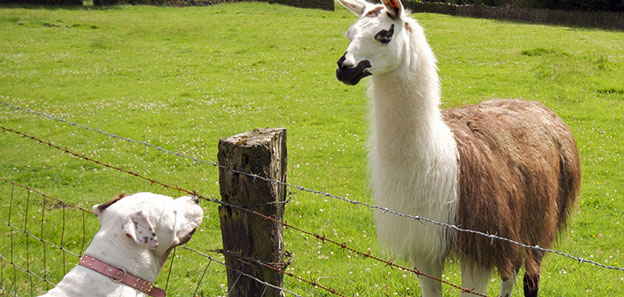The difference between food and feed grade diatomaceous earth has to do with the specifications that each must meet with regards to heavy metal content.
Both food and feed grade must contain less that 1% crystalline silica and not be calcined, in order to be safe to use with and around animals. Food grade however has very strict specifications when it comes to heavy metal content. In order to be considered food grade, the diatomaceous earth must not contain more than 10mg/kg of arsenic and no more than 10mg/kg of lead.
Whether a diatomaceous earth product is food or feed grade, or both, depends on the natural state of the deposit. These specifications are not met by altering the product in any way but rather they are determined by the state of the deposit as it occurs in nature.
Both food and feed grade diatomaceous earth products can be used in animal feed and as natural insecticides, with equally effective results. Current regulations for all DE products specify that food grade diatomaceous earth can also be used as a processing and filtering aid in food, as long as the DE is not present in a final product that is meant for human consumption.
Red Lake Earth Diatomaceous Earth meets all specifications noted above and is a Food Chemical Codex Grade and feed grade product.
Image by BinaryApe



